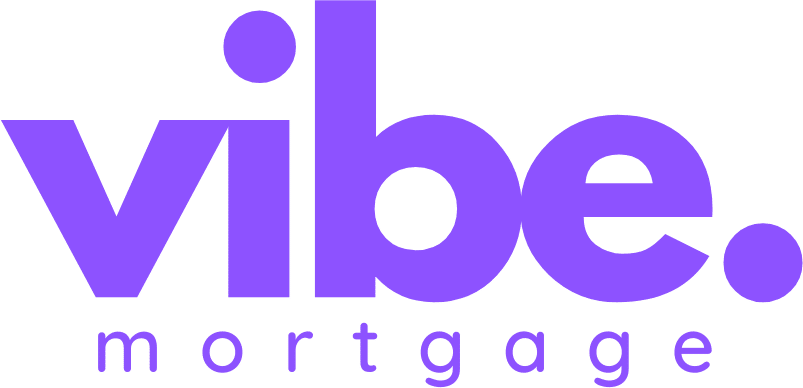What You Need to Know About The Tax-Free First Home Savings Account

This new type of savings plan, which would allow first time home buyers to save up to $40,000 on a tax-free basis, is geared towards Canadians saving for their first home. Learn more about the qualifications, benefits and structure for this account to see if it will work for you.
About the account
The FHSA is similar to an RRSP, where contributions would be tax-deductible and any withdrawals to purchase a home would be non-taxable. Like the TFSA, income and any gains from the account would also be tax-free. The plan is limited to an $8,000 contribution per year and a $40,000 limit overall, but it gives an additional opportunity to would-be homebuyers to save up and enter the housing market.
Any unused contribution portions may be carried forward to the next year, meaning the $8,000 yearly limit could increase to cover any unused portion of the previous year, up to $8,000. For example, if the previous year’s contributions were only $5,000, the following year would allow for up to $11,000 in contributions and still be within the required thresholds. Carry-Forward amounts do not start accumulating until after you open a First Home Savings Account (FHSA)
FHSA accounts would allow the same investment opportunities as a TFSA, such as mutual funds, government or corporate bonds and GICs. The same prohibited investment rules would also apply.
Unlike RRSPs, the contribution deadlines would be structured within a calendar year, meaning any contributions within the first 60 days of the year would not qualify for the tax deductions of the previous year, like RRSPs allow.
The FHSA can be combined with the HBP (Home Buyers Plan).
Qualification Requirements
In order to open an FHSA, the individuals would need to be Canadian residents, at least 18 years of age and a first-time home buyer. This means that they have not owned a home at any time in the past 5 years. Any funds not used to purchase a home may be transferred to an RRSP or RRIF, tax-free. Funds may also be withdrawn but will be subject to taxation.
Individuals may have multiple FHSA accounts, however, they may not exceed their yearly or lifetime limitations of $8,000 or $40,000 across all accounts.
Withdrawal Requirements
In order to qualify a withdrawal from this account as tax-free, certain conditions are required. The individual(s) must qualify as being first-time home buyers at the time of the withdrawal, however, there is an exception that allows qualifying withdrawals within a 30 day period of moving into the new home.
Before withdrawing funds, it's also necessary to have a written agreement to purchase or construct a qualifying home by October 1 of the year following the year of withdrawal. Additionally, there must be an intention to utilize the home as a primary residence within one year of purchase or construction.
Lastly, the qualifying home would need to be located within Canada.
Once all these conditions have been met, the entire amount of the FHSA may be withdrawn altogether or in multiple withdrawals, as required.
Any withdrawals that do not qualify would be considered income and be subject to taxation, similar to restrictions for RRSPs. These withdrawals would also not reset the allowable contribution limits to account for the withdrawal difference.
Transfer Requirements
FHSA funds may be transferred to another FHSA account, RRSP, or RRIF on a tax-free basis. These transfers would be subject to the same rules and regulations of the accounts, including withdrawals being taxable. The transfers would also not reinstate the yearly or lifetime contribution limitations. Transfers from RRSPs to FHSA accounts would also not allow for additional contribution limits on the RRSP account and would be subject to the same limitations on the FHSA.
Taxation Requirements
Contributions to an FHSA would be deductible in that year’s income for tax purposes. Any overages in contributions would be subject to 1% tax for each month of that year that the overage is in the account. When the new calendar year starts, the overage would cease to be considered an overage unless the amount exceeded the following year’s allowable limits as well.
Death Benefit
Similar to a TFSA, FHSA accounts may be designated to a spouse or common-law partner to maintain its tax-exempt status upon the death of the original holder, providing the new holder meets the same criteria for ownership of an FHSA. If they do not qualify, the amounts may be transferred to an RRSP, RRIF or withdrawn on a taxable basis. FHSA accounts not designated to a spouse or common-law will be required to be fully withdrawn and paid out to the beneficiary as taxable income.
If you have other questions or concerns regarding this new type of account, we’d love to chat with you. Reach out to us to see if you qualify and if this new account would make sense for your financial goals

